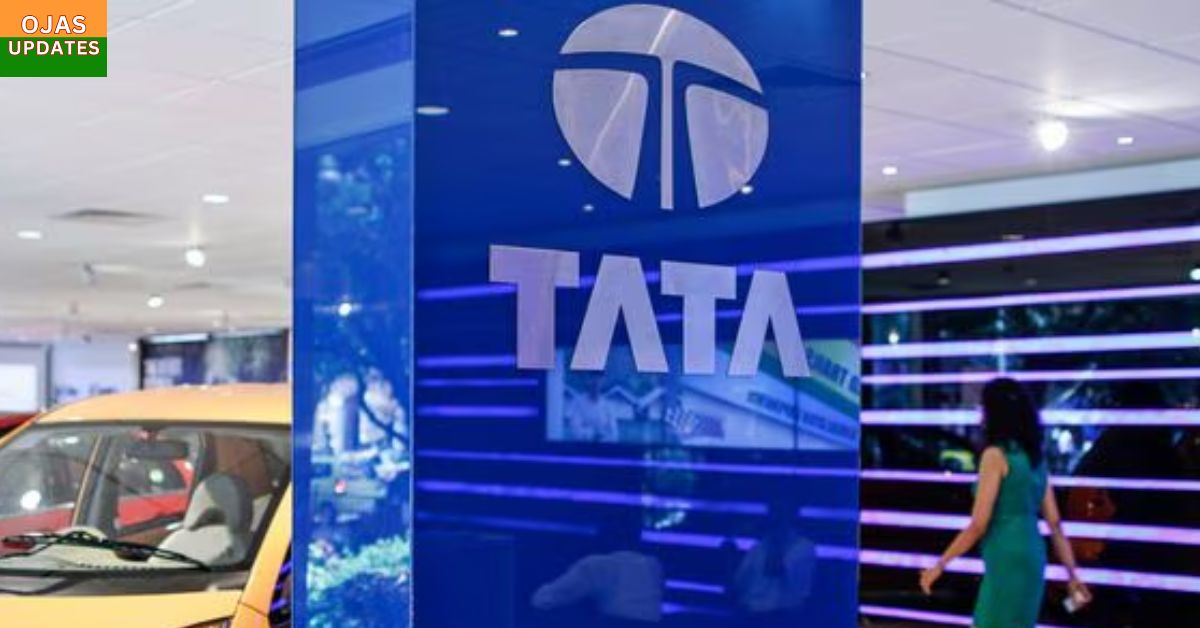Tata Motors has reclaimed the No. 2 position in India’s passenger vehicle market, overtaking Hyundai and Mahindra in a dramatic sales surge during September 2025. With a record-breaking performance driven by its SUV lineup, electric vehicles, and strategic pricing, Tata has once again proven its dominance in the mass-market automotive space.
A Historic Month for Tata Motors
September 2025 was a landmark month for Tata Motors. The company sold 60,907 passenger vehicles, marking its highest-ever monthly sales and a 47% year-on-year growth compared to September 2024. This achievement allowed Tata to leapfrog Hyundai and Mahindra, securing the second spot behind market leader Maruti Suzuki.
The surge was not just about volume—it was a reflection of Tata’s evolving strategy, which now includes a robust mix of internal combustion engine (ICE), electric, and CNG-powered vehicles. The timing was also perfect: festive season demand, GST rate cuts, and aggressive pricing all contributed to the spike in consumer interest.
Nexon Leads the Charge
At the heart of Tata’s success is the Tata Nexon, which continues to be the brand’s best-selling model. In September alone, the Nexon recorded over 22,500 units sold, including both ICE and EV variants. The Nexon’s appeal lies in its versatility—it’s available in petrol, diesel, electric, and even CNG formats, making it a go-to choice for a wide range of buyers.
Thanks to revised GST rates, the Nexon became more affordable by up to ₹1.55 lakh, further boosting its popularity. This price drop came at a crucial time, aligning with the start of the Navratri festival, during which Tata delivered 10,000 cars on a single day—September 22.
EVs and CNG Models Gain Ground
Tata Motors is also leading the charge in India’s electric vehicle revolution. In September, the company sold 9,191 EVs, achieving a 96% year-on-year growth in electric car sales. This includes models like the Nexon EV, Tigor EV, and the newly introduced Punch EV.
In addition to EVs, Tata’s CNG portfolio saw a massive 105% growth. Popular models like the Tiago CNG, Tigor CNG, Punch CNG, Altroz CNG, and Nexon CNG contributed to this rise. The availability of multiple fuel options has helped Tata cater to budget-conscious consumers looking for economical and eco-friendly alternatives.
SUVs Drive Momentum
Tata’s SUV lineup continues to be a major growth driver. The Harrier and Safari received new Adventure X variants, which are priced more competitively and come with updated features. These models saw a noticeable uptick in sales, further solidifying Tata’s reputation as a strong SUV player.
The company’s focus on design, safety, and technology has made its SUVs particularly appealing to young urban buyers. Features like connected car tech, panoramic sunroofs, and high safety ratings have helped Tata stand out in a crowded market.
Strategic Timing and Market Conditions
Several external factors also played into Tata’s hands. The implementation of revised GST rates on small and mid-size cars made vehicles more affordable across the board. Combined with festive season offers, dealer incentives, and early Navratri celebrations, consumer sentiment was at an all-time high.
Moreover, Tata’s competitive pricing strategy and diverse product portfolio allowed it to capture demand across segments—from entry-level hatchbacks to premium SUVs and EVs.
Looking Ahead: Can Tata Maintain Its Momentum?
While September was a triumph, the real challenge lies ahead. Maintaining the No. 2 spot will require Tata to continue innovating, expanding its EV infrastructure, and keeping its pricing competitive. With rivals like Hyundai, Mahindra, and newcomers like Tesla and Vinfast entering the fray, the competition is only going to intensify.
However, Tata’s strong brand equity, growing EV footprint, and commitment to sustainability give it a solid foundation. If the company continues to align its strategy with consumer needs and market trends, it could very well challenge Maruti Suzuki’s long-standing dominance in the future.
Final Thoughts
Tata Motors’ September performance is more than just a sales milestone—it’s a statement of intent. By snatching the second spot in India’s car market, Tata has shown that it’s ready to lead the next chapter of automotive evolution, one that’s defined by electric mobility, fuel diversity, and customer-centric innovation.

